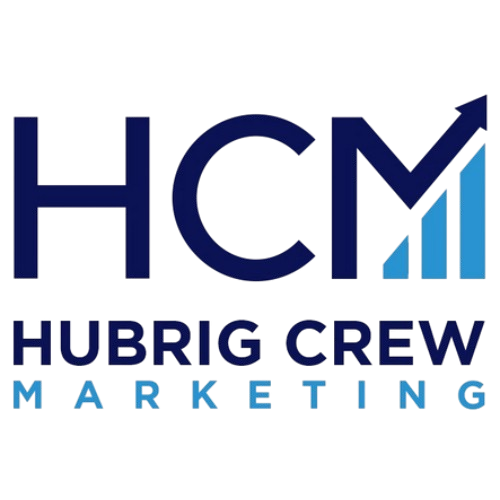Understanding Your Audience
Importance of Audience Identification
Imagine launching a digital marketing campaign without knowing who your audience is. It’s like casting a fishing line into an empty pond. Identifying your audience is crucial as it allows you to tailor your messaging and strategies to those who are most likely to engage with your brand. “Knowing your audience is the cornerstone of effective digital marketing.”
Demographics and Psychographics
Your audience’s demographics, such as age, gender, and location, provide a basic understanding of who they are. However, delving into their psychographics, like interests and values, gives you deeper insights. For instance, a brand targeting young, eco-conscious consumers would emphasize sustainability in their messaging.
Online Behavior and Preferences
Understanding how your audience interacts online is key. Do they spend more time on social media platforms, or are they avid blog readers? This knowledge helps you choose the right channels and craft content that resonates with their preferences.
Identifying Pain Points
Recognizing your audience’s pain points allows you to position your product or service as a solution. For example, a tech company might focus on simplifying complex processes for time-strapped professionals. By addressing these pain points, you build trust and foster stronger connections with your audience.
Defining Your Goals
Setting the right goals is fundamental to a successful digital marketing campaign. To ensure clarity and focus, utilize SMART goals, which are Specific, Measurable, Achievable, Relevant, and Time-bound.
- Increase Website Traffic: Aim for a 20% increase in website visitors over the next three months.
- Boost Lead Generation: Generate 50 new leads per month via online forms.
- Enhance Brand Awareness: Achieve a 15% rise in social media followers by year-end.
The importance of measurable outcomes cannot be overstated. They allow you to track progress and gauge success. Here’s a quick comparison of goals and their corresponding metrics:
| Goal | Metric |
|---|---|
| Increase Website Traffic | Unique Visitors, Page Views |
| Boost Lead Generation | Number of Leads, Conversion Rate |
| Enhance Brand Awareness | Follower Count, Engagement Rate |
Goals should be flexible. Regularly assess your performance and be ready to adjust goals based on performance. If a tactic isn’t working, pivot your approach to stay aligned with your overall objectives.
Selecting the Right Channels
Choosing the right digital marketing channels is crucial to reaching and engaging your audience effectively. Here’s an overview of some key channels:
- Social Media: Platforms like Facebook, Instagram, and Twitter are ideal for brand awareness and engagement. With over 3.6 billion social media users worldwide, leveraging these platforms can significantly boost visibility. Consider exploring paid social strategies to enhance your reach.
- Email Marketing: A highly effective channel for nurturing leads and driving conversions, with an average ROI of $42 for every $1 spent.
- Search Engine Optimization (SEO): Enhances visibility on search engines, driving organic traffic to your website. SEO is essential for improving search rankings and reaching users actively searching for your products or services.
Understanding your audience’s preferences is key. For instance, if your target demographic spends more time on Instagram, focus your efforts there. Similarly, if your audience prefers receiving information through email, prioritize email campaigns.
To evaluate channel effectiveness, track metrics like engagement rates, conversion rates, and ROI. Consider utilizing PPC management tools to refine your strategy and allocate resources to the most effective channels. Continuously analyzing performance ensures your campaign remains agile and adaptive to your audience’s needs.
Crafting Compelling Content
In the realm of digital marketing, high-quality content is the cornerstone of successful campaigns. It’s what captivates your audience, fosters engagement, and drives action. To achieve this, consider a variety of content types such as blog posts, social media updates, videos, infographics, and podcasts. Each format offers unique ways to connect with your audience and should be chosen based on your campaign goals and audience preferences.
“Content is the atomic particle of all digital marketing.” – Rebecca Lieb, Content Marketing Expert
Tailoring content for different channels is essential. For instance, a blog post may be detailed and informative, while a social media post should be concise and visually appealing. Adjusting your content ensures it resonates with the audience on each platform.
Consider these best practices for content optimization:
- Use relevant keywords to improve search engine visibility.
- Ensure all content is mobile-friendly and easily accessible.
- Incorporate compelling visuals to enhance engagement.
By focusing on creating and optimizing high-quality content, you lay the groundwork for a digital marketing campaign that not only attracts but also retains your audience’s attention.
Implementing Distribution Strategies
Overview of Distribution Methods
To maximize your digital marketing efforts, it’s crucial to employ diverse distribution methods. These include social media, email campaigns, paid advertisements, and SEO tactics. Each channel provides unique opportunities to reach and engage your target audience effectively.
Importance of Timing and Frequency
Timing is everything in digital marketing. Posting content when your audience is most active increases the likelihood of engagement. Consistency in frequency also helps maintain visibility and keeps your audience interested.
“A well-timed message can turn an ordinary campaign into a viral sensation.”
Utilizing Analytics for Distribution Optimization
Analytics tools provide valuable insights into your distribution strategies. By analyzing data, you can adjust your approach to enhance performance and reach. This ensures your content reaches the right audience at the right time.
Engagement Tactics to Boost Visibility
Employing engagement tactics such as interactive content, polls, and user-generated content can significantly boost visibility. These tactics not only increase interaction but also foster a sense of community.
Consider the case of a retail brand that utilized Instagram Stories strategically to announce a flash sale. By understanding their audience’s peak activity times and engaging them with captivating visuals, they achieved a substantial increase in sales.
Measuring Success and Adjusting Tactics
To ensure the success of your digital marketing campaign, it’s vital to track key performance indicators (KPIs). These metrics help gauge the effectiveness of your strategies and guide necessary adjustments.
| KPI | Description |
|---|---|
| Conversion Rate | Percentage of visitors completing desired actions |
| Click-Through Rate (CTR) | Proportion of users clicking on links |
| Customer Acquisition Cost (CAC) | Cost to acquire a new customer |
| Return on Investment (ROI) | Profitability of your campaigns |
Utilizing tools like Google Analytics, HubSpot, and SEMrush can provide valuable insights into these KPIs. For instance, campaigns with optimized content can see up to a 30% higher engagement rate. By analyzing this data, businesses can adapt their strategies to enhance performance, like improving content or refining targeting.
Continuous improvement is crucial in digital marketing. Regularly reviewing performance metrics allows for proactive adjustments, ensuring your campaign remains effective in a dynamic digital landscape. This iterative process helps maintain relevance and drive sustained growth.
FAQs about Digital Marketing Campaigns
What are some common misconceptions about digital marketing?
Many believe that digital marketing is a quick fix for instant results. In reality, it requires consistent effort and adaptation to changing trends. Another misconception is that one strategy fits all, when in fact, personalization is key.
What tips do you have for beginners starting a digital marketing campaign?
Start by clearly defining your target audience and goals. Focus on a few channels initially and refine your strategies as you learn. Don’t forget to track your progress using analytics tools to understand what’s working.
How can I optimize my digital marketing campaigns for better results?
Regularly update your content to keep it fresh and relevant. Use A/B testing to determine what resonates best with your audience. Additionally, leveraging data insights can help refine targeting and improve campaign performance.
Where can I find resources for further learning about digital marketing?
Explore online platforms like HubSpot Academy, Coursera, and Google Digital Garage. These offer comprehensive courses on digital marketing strategies and tools. Engaging with industry blogs and forums can also provide valuable insights.
Conclusion
Crafting an effective digital marketing campaign involves several key strategies that work in harmony. By understanding your audience, setting clear goals, selecting the right channels, and creating compelling content, you lay the foundation for success. Implementing thoughtful distribution strategies and measuring outcomes ensures that your efforts lead to tangible results.
In the fast-paced world of digital marketing, adaptability is crucial. Consumer behaviors and technology are always evolving, so staying flexible and ready to adjust your tactics is essential. Embrace changes and use insights from your campaigns to refine your approach continually.
Now is the perfect time to start planning your digital marketing campaign. Armed with these strategies and a mindset open to learning and adaptation, you’re well on your way to achieving your business goals. Take the first step today, and watch your online presence grow and thrive.



